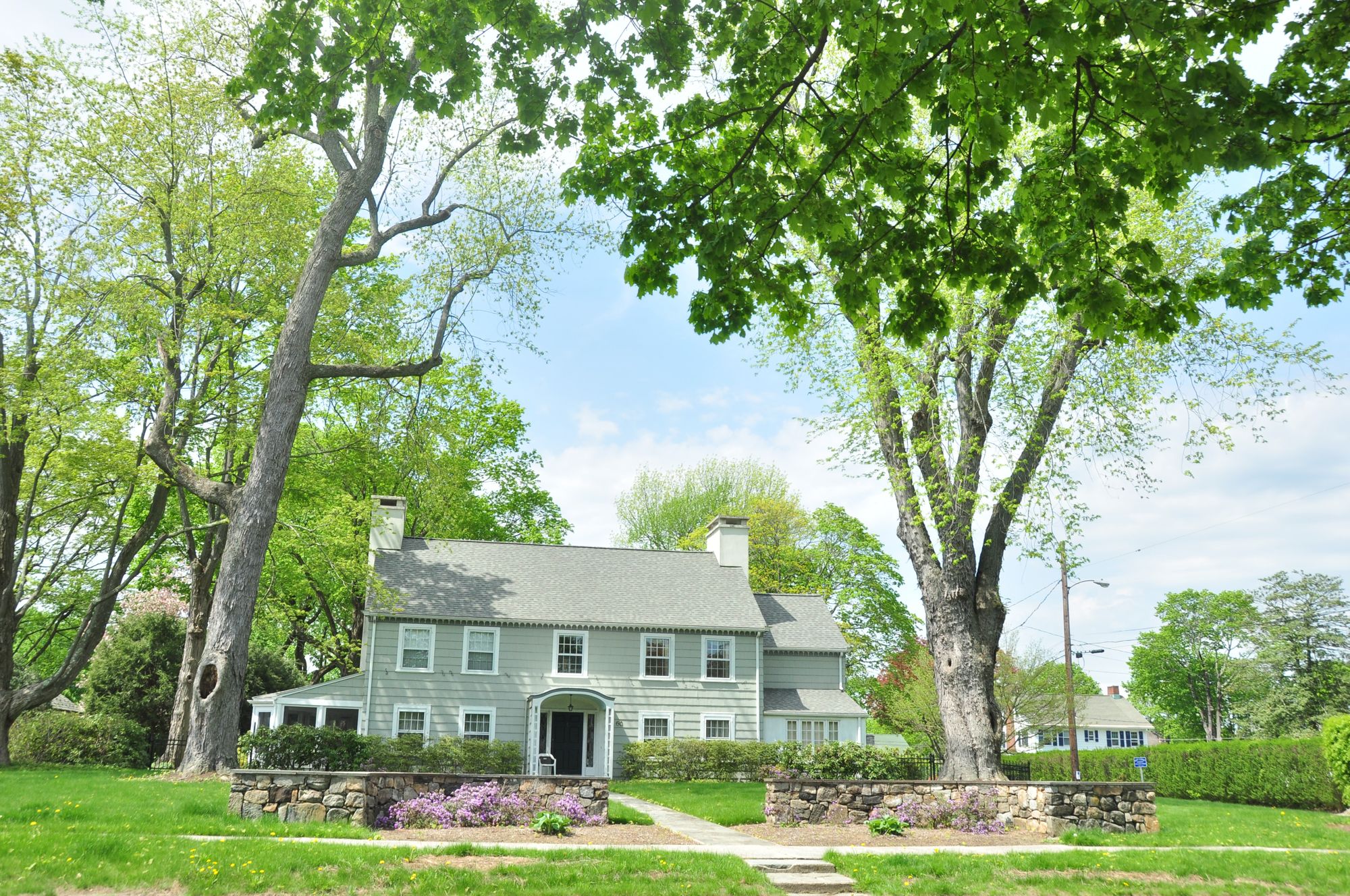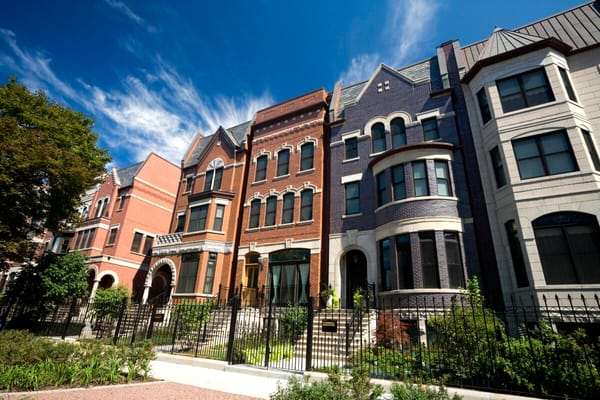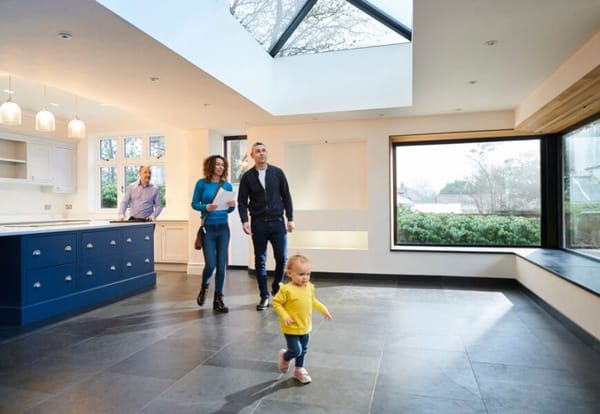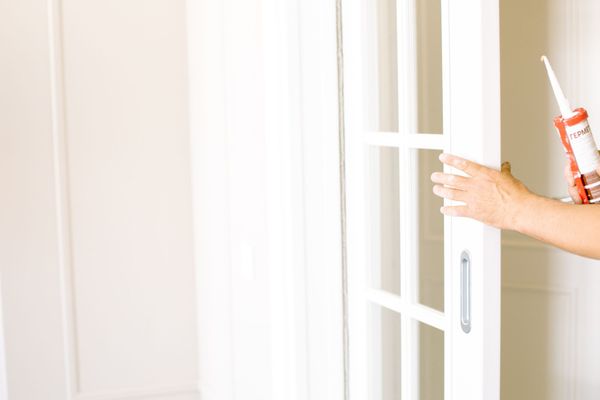When looking for your next home, it’s easy to become hung up on words like “modern” and “updated.”
Of course, this is often for good reason. No one wants outdated amenities or features that are falling apart. Still, “new” doesn’t always mean “better.”
For many house hunters, nothing could be better than colonial homes, even though their roots go back hundreds of years.
What is a Colonial House?
Colonial homes are one of the few that embrace a distinctly American form of architecture.
As their name alludes to, these are homes that were originally built in New England during the 17th and 18th centuries or more recent versions that were designed in the same fashion.
Since they first became the preeminent style more than 400 years ago, colonial homes have evolved to embrace at least seven different designs.
However, these homes tend to have certain features in common.
Colonial Exteriors
Even people who find colonial homes absolutely gorgeous would tell you that their exteriors tend to be fairly plain. Similar to craftsman homes, though, this simplicity was originally by design. They were easy to build by early settlers who didn’t have a lot of time or money to spend on something more extravagant.
Nonetheless, colonial homes have remained popular because their simple designs are still very striking. They are usually perfectly symmetrical, featuring a basic window grid with a pediment, and a prominent central chimney or even two that bookend the home’s exterior. More contemporary versions may dispatch with the symmetry, though, in favor of additions, sunrooms, garages, etc.
Clapboard siding was originally the façade of choice for these homes, but brick is also a very common choice, especially among modern colonial houses.
Colonial Interiors
Unlike a craftsman home, colonial houses are all about creating separate rooms throughout. Usually, guests who walk through the front door will find themselves in a sizable entryway with a long hall that stretches the length of the house.
They also tend to have low ceilings because, centuries ago, vaulted ceilings would have taken up valuable space that could have been used for another room.
That being said, low ceilings don’t have to be boring ceilings. Many colonial houses have ornate trims or crown moldings in every room. Rustic exposed beams are also common and add a lot of character.
Finally, colonial houses usually feature at least one conspicuous hearth, complete with a mantel for decorating.
Types of Colonial Homes
Despite these commonalities, there are actually seven different varieties of colonial homes. So, there are plenty of options to choose from depending on your personal taste.
1. English Colonial
When the English first began building homes in the Colonies, they used designs that were similar to the popular option from back home. This resulted in simple, wood-framed houses that were easy to build but sturdy and able to hold up against the elements.
Originally, they would have featured open floor plans, so that a fireplace could sit in the middle of the house. Today, English colonial homes maintain their simple layouts but will include separate rooms throughout.
2. German Colonial
German settlers also brought their own style of architecture to the colonies and, eventually, into Ohio. Like English colonials, the German design also featured steep roofs, but theirs included upward curves at the edges.
These colonial homes were also more likely to be built from stone, the preferred material of the German settlers.
Nowadays, German and English colonial homes are very similar. The biggest difference, if there is one, is that the German versions usually have higher ceilings.
3. Georgian Colonial
The Georgian colonial was the most popular style in the Colonies during the 1700s. Named for Kings George I through IV, the biggest departure for this style was adding another fireplace and placing them at each end of the house.
As such, these houses were much less utilitarian. Inspired by the Italian Renaissance, they were perfect for entertaining guests thanks to decorative moldings, arched entrance ways, and elaborate mantelpieces that begged to be admired.
4. Federalist Style
The Federalist style is very similar to Georgian colonials insofar as they continued the drift from the functional aspects of their predecessors and emphasized decorative, ornate features instead.
You can generally tell these two apart because Federalist colonial homes include balustrades – ornamental half fences – along the roofs. They also feature Palladian windows above the doors.
5. French Colonial
French colonial architecture is far more common in the South, especially in Louisiana and Mississippi. They dot rural landscapes and are easy to find throughout urban centers. For example, New Orleans is renowned for its French Colonials.
While these houses are undeniably gorgeous, their design also reflects what were very functional features during the 1700s.
Aside from second-story living spaces that would be necessary during the kind of flooding that was commonplace in these regions, these houses are distinct from the others for their covered porches. Unlike their neighbors to the north, homeowners in the South needed extra protection from the sun.
6. Colonial Revival
By the late 1800s, the country was awash in countless types of architecture, but many began wondering if they didn’t have it right the first time.
Specifically, they drew inspiration from Georgian and Federalist designs during the Revival Era. Covered porches also became quite popular, even in parts of the country where the summer sun hardly made it inside the home. Sunrooms became common, too, marking a major departure from original versions.
7. Neo-Colonial
Finally, the 21st century has also seen a revival of colonial homes. Neo colonials share many aspects with their predecessors, from their square shapes and symmetry to gabled roofs to long hallways and compartmentalized rooms.
Most borrow heavily from the Federalist style, as well, which makes sense as modern conveniences have reduced the need for functional floor plans.
Therefore, the extent to which neo-colonial houses reflect their heritage is up to the owner. They may opt for low ceilings with exposed beams, but they could also choose vaulted ceilings. The same goes for sunrooms, front porches, and even pools.
With a neo colonial, owners can pick-and-choose from the various styles while also incorporating modern materials and amenities.






